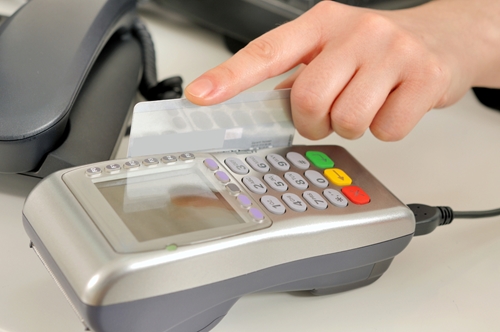Omnichannel Expectations Impacting POS Selection
The point-of-sale is no longer just a place where items are purchased and cash is stored. The POS system has now been fully integrated into retail operations, becoming in many ways the “in-store nucleus empowering an expanding array of activities,” as Integrated Solutions for Retailers described it. If retailers want to meet customers omnichannel expectations and bolster their own operational efficiency, they need a POS solution that can link the store to the digital channels in ways that will help them serve customers spanning all retail touchpoints. Here are just a couple of things today’s solutions must be able to do:
Multichannel orders, returns and exchanges
When online shopping originally gained steam, many retailers viewed this channel as being separate from brick-and-mortar. All sales and customer-related inquires that originated online, tended to stay online. However, as retailers have discovered, customers prefer a whole slew of ways to purchase, receive, and return goods, from ship-to-store, ship-from-store, pick-up in-store, reserve online and pay in-store, and returning goods purchased online.
The POS system must be capable of handling every type of order, regardless of the channel from which the purchase originated. To accomplish this task, the POS system must be integrated with a system that acts as the central hub between online and offline retail touchpoints, providing a record of truth for all customer, order, and inventory data.
Inventory management
In today’s omnichannel retail world, having an accurate inventory count has never been more important. The POS can play a vital role in the inventory management process, as it accounts for when items leave the store in the hands of customers or when stock is returned or exchanged. This information helps retailers get an eagle-eye view of stock on hand at each store in order to update inventory across sales channels, make decisions to re-allocate inventory, and most importantly this inventory data feeds the order management system so orders can be appropriately routed to the right fulfillment location.
Inventory management capabilities are beneficial in other ways as well – for example, if an in-store customers wants to know if the retailer has an item in stock, the clerk can answer this question quickly and effectively. Not only for whats in-store, but in other stores, distribution centers and even available for shipment by suppliers.
As retailers take a hard look at their POS solutions, it is critical they realize the POS is no longer just a tool for processing monetary transactions. Retailers that want better operational capacities need to invest in a POS that is up to the challenge of assuming all of these tasks and which seamlessly integrates with back office order management systems, such as SalesWarp.

